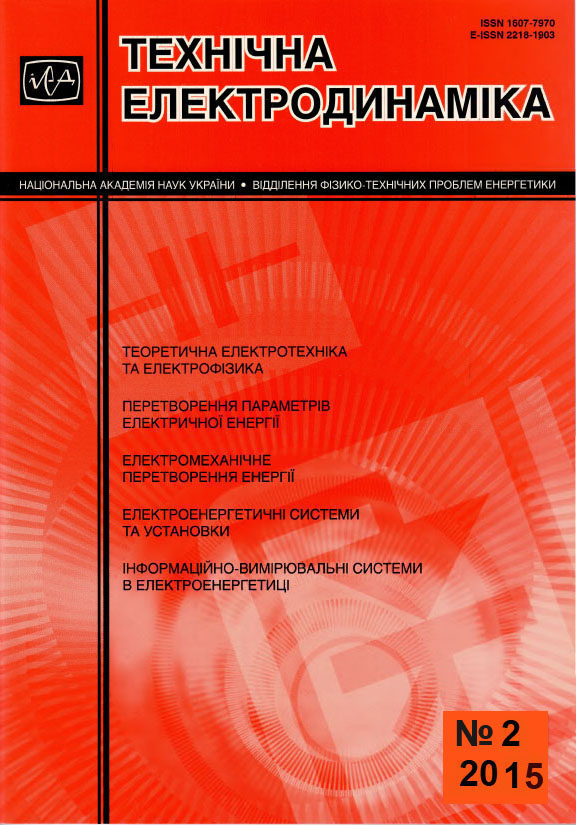Abstract
In this paper, the authors considered the most common types of planar magnetic inductive elements, and analyzed their advantages and disadvantages. Actuality use this type of inductive elements as ballasts of fluorescent lamps. A computer simulation of inductive element planar system using magnetic environment nickel-zinc ferrite brand CDM 5005 Based unleashed axisymmetric problem is obtained depending on changes in inductance and quality factor of a planar element frequency, and the influence of geometrical dimensions of the model to these parameters. It is shown that fill the space between the turns of the coil inductance increases by more than half. and reduce the size of inductive elements more than three times. Due to the reduced length of the conductive material decreases the resistance of the coil. The calculation of the magnetic characteristics of the ballast using a computer model makes it possible to simplify the selection of non-magnetic gap size. References 8, table 1, figures 6.
References
Bamdas A.M. Filter choke of radio equipment. – Moskva: Sovetskoe Radio, 1962. – 191 p. (Rus)
Kalantarov P.L., Zeitlin L.A. Calculation of Inductance. – Leningrad: Energoatomizdat, 1986. – 488 p. (Rus)
Lupenko A., Movchan L., Natiaga V., Sysak I. Method of time-proportional control of discharge light power. Available at: http://elartu.tntu.edu.ua/handle/123456789/1065 (accessed 01.12.2014). (Ukr)
Planar transformers based on multilayer boards. Available at: http://www.kit-e.ru/articles/elcomp/2003_6_28.php (accessed 01.12.2014). (Rus)
Terentev B. Electronic ballasts: history, principles, problems // Components and Technologies. − 2008. − №5. − Pp. 106−110. (Rus)
Edlinger J., Steinschaden J. Simulation and Characterization of a Miniaturized Planar Coil. – Dorndirn, 2009. – 100 p.
Manufacturers of magnetic and advanced materials. Available at: http://www.magneticsgroup.com/m_ferr_nizn.htm (accessed 01.12.2014).
Ultra-thin Inductors for DC/DC Converters. Available at: http://www.jfe-steel.co.jp/en/research/report/006/pdf/006-13 (accessed 01.12.2014).

This work is licensed under a Creative Commons Attribution-NonCommercial-NoDerivatives 4.0 International License.
Copyright (c) 2022 Array

